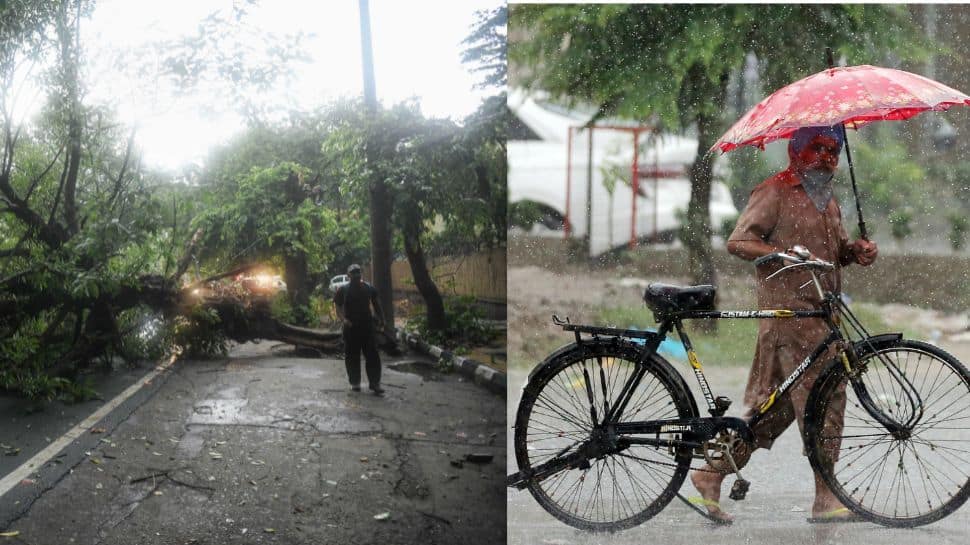Congress leader challenges Haryana power tariff hike, files review petition

Senior Congress leader Sampat Singh has filed a review petition before the Haryana Electricity Regulatory Commission. File
Senior Congress leader and former Minister Sampat Singh has filed a review petition before the Haryana Electricity Regulatory Commission (HERC) challenging the recent electricity tariff hike that has sparked protests in the State. The tariff revision, which came into effect in April, has been met with resistance from various consumer categories, including industrial associations and domestic users.

Prof. Singh, in his petition, has sought a public hearing to address the pressing concerns of consumers. He described the HERC’s order as a “tariff shock”, which was experienced by consumers across all categories when they received their electricity bills in June. The Congress leader also questioned the pricing mechanism adopted by power utilities. “The utilities are purchasing 7,964.28 crore units of power at ₹3.12 per unit, while selling it to consumers at an average rate of ₹7.29 per unit,” he said at a press conference in Chandigarh.
According to Prof. Singh, out of the total power purchased, only 6,916 crore units are reaching consumers, implying transmission and distribution losses exceeding 22%, which are effectively being passed on to consumers. He referred to the Ujwal Discom Assurance Yojana (UDAY) undertaken by the Haryana government in September 2015, which had recovered ₹34,000 crore in liabilities of power utilities. Prof. Singh pointed out that post-UDAY, the discoms reported a profit of ₹800 crore for the first time in March 2021, but instead of reducing tariffs, the burden on consumers has increased.
The Congress leader highlighted the impact of the tariff hike on domestic consumers, who now face fixed charges ranging from ₹50 to ₹75 per kW. Additionally, per unit charges were raised by 25-50%, with fixed charges being introduced for domestic consumers for the first time. Commercial consumers have also been adversely affected by the merger of their category with low tension (LT) and high tension (HT) supply, raising fixed charges from ₹165 to ₹290 per kVA and per unit charges from ₹6.65 to ₹6.95.
Prof. Singh also criticised the continuation of a 47 paise per unit Fuel Surcharge Adjustment that was supposed to end in June 2024. Furthermore, he highlighted the ₹8,000-crore defaulting dues of around 22 lakh consumers, warning that the remaining consumers are indirectly bearing this cost.
Meanwhile, several industrial associations, including the Manesar Industries Welfare Association, NCR Chamber of Commerce and Industry, and Bahadurgarh Chamber of Commerce and Industry, have separately written to Power Minister Anil Vij and Chief Minister Nayab Saini, seeking a rollback of the tariff hike. They have termed the hike an “additional financial burden” for micro, small, and medium enterprises.
However, Mr. Vij has claimed that approximately 94% of electricity consumers in Haryana fall under Category-I (connected load up to 2 kW and monthly consumption up to 100 units) and Category-II (connected load up to 5 kW), and most of their bills have decreased. He emphasised that there has been no change in the electricity tariff for agricultural consumers. For HT consumers, the tariff revision from 2024-25 to 2025-26 shows a moderate increase of 7% to 10% depending on load and consumption. The Minister added that in the LT category, the increase among various consumers is relatively moderate, ranging from 4% to 7%.
The Minister also compared Haryana’s electricity tariffs with neighbouring States, claiming that Haryana charges significantly lower electricity tariffs for both LT and HT consumer categories, making it a cost-effective option. He pointed out that in neighbouring States, fixed charges go up to ₹450 per kW for LT and ₹475 per kW for HT categories, while energy charges go up to ₹8.95 per unit for LT and ₹7.75 per unit for HT categories.
Published – July 01, 2025 01:00 am IST







